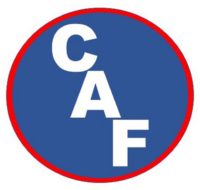Expansion is basically how many bubbles by volume do I get from 1 volume of Solution (W + C).
If I start with 1 gallon of Solution (W + Conc) and add air and agitation and get 40 gallons of bubbles, the expansion is 40:1. 40 Gallons of Bubbles from 1 gallon of Solution.
If, on the other hand, the outcome is 200 gallons of bubbles, the expansion is 200:1.
So, what is the key? Simple, the amount of air added.
If the Solution volume is constant, the amount of air added creates the expansion. The more air added, the greater the expansion. Expansion is directly proportional to the amount of air and agitation added to the initial volume of Solution.
And since the Solution remains constant in the ratio, the more the air, the dryer the Foam.
W +Conc (=Sol) + A + A = F The more the air, the dryer the Foam and the Larger Expanded the bubbles.
NFPA defines Expansion:
Low X 1:1 to 20:1
Mid X 20:1 to 200:1
Hi X 200:1 and greater

NAF (Aspirated Foam) depends on the nozzle (Aspirating Device) and can run from 1:1 to 200:1 and higher.
CAF runs roughly from 3:1 to 8:1
The higher expansion requires a higher % Solution (more concentrate) as well as a lower water pressure. Hi-X may require a mechanical foam generator and a Solution of .9-1.0%.
See advanced topics for more on expansion and aspirating nozzles and devices.


































